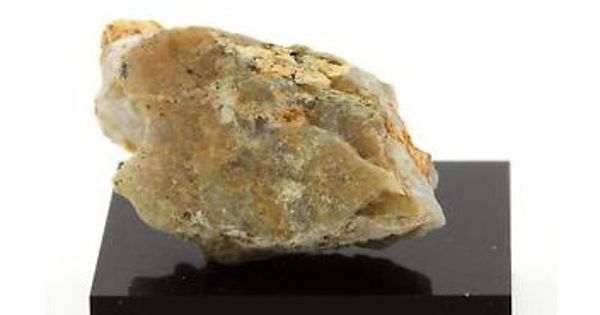A recent study analyzing 46 field studies conducted in 17 nations and four continents states it succinctly as follows: Soil transplanting helps areas that need to be restored to their natural state.
An international research team coordinated by Jasper Wubs from the Netherlands Institute of Ecology (NIOO-KNAW) collected the global results. Their findings are published today in the Journal of Applied Ecology.
The range of nature that has to be restored on our world is broad, ranging from tropical forests to boreal grasslands. There’s an urgent call for effective restoration methods, but what actually works? In many locations, nature could use a transplant; one that replaces the dirt with healthy natural areas rather than essential organs.
It sounds almost too good to be true: You “give” seeds and good soil to a place where nature is being destroyed, along with the related soil life. Natural life will quickly resume its previous state after this soil transplant, supported by soil that is once more alive and robust.
In the Netherlands, NIOO ecologists had already shown the treatment’s effectiveness using a thin layer of soil not even half a centimeter thick. But how well does it work worldwide?
No overview had been available until an international team led by NIOO expert Jasper Wubs started digging into this, and unearthing hopeful results.
It means that we are now better able to restore biodiverse ecosystems in places where natural regeneration is not enough. At the same time, our analysis shows that we need to figure out why restoration is more successful in some cases than in others. The glass is half full, but it could be fuller.
Jasper Wubs
Better chances
The team’s main conclusion is that soil transplantation does work around the world. “From the tropics to the tundras, soil transplantation substantially improves the chances of restoring vegetations with species of high conservation value,” explains Wubs, “particularly if it’s applied over larger spatial areas.”
Sites with transplanted soil have vegetation that physically and figuratively blossoms in terms of the variety and number of species present. Compared to hay addition, soil transplantation enhanced the resemblance to the reference vegetation by an average of 40%.
However, the differences between experiments were substantial. Wubs notes, “We observed that soil transplantation would either become more and more successful in the longer term or just the opposite.”
Success was more likely on loamy soils, the researchers found, and when the treatment was implemented over areas of 180m2 or larger.
Nature restoration law
What does that mean in practical terms for nature management and policy?
“It means that we are now better able to restore biodiverse ecosystems in places where natural regeneration is not enough,” says Wubs. “At the same time, our analysis shows that we need to figure out why restoration is more successful in some cases than in others. The glass is half full, but it could be fuller.”
The massive backlog of large-scale nature restoration projects, which would considerably enhance biodiversity and all the “ecosystem services” that nature is currently delivering, should be of particular concern to nature managers and policymakers.
This is the reason the European Union is developing a Nature Restoration Law and the United Nations has designated a Decade of Ecosystem Restoration. However for such initiatives to be successful, effective restoration strategies (i.e., ones with a long-lasting impact) and efficient means of benchmarking the procedures are required, as has already been done with soil transplantation.
“Ecological recovery is tricky and often unpredictable,” Wubs puts it in a nutshell. “People usually only look at above-ground recovery, but we have demonstrated that the groundwork for success is laid below ground.”
















